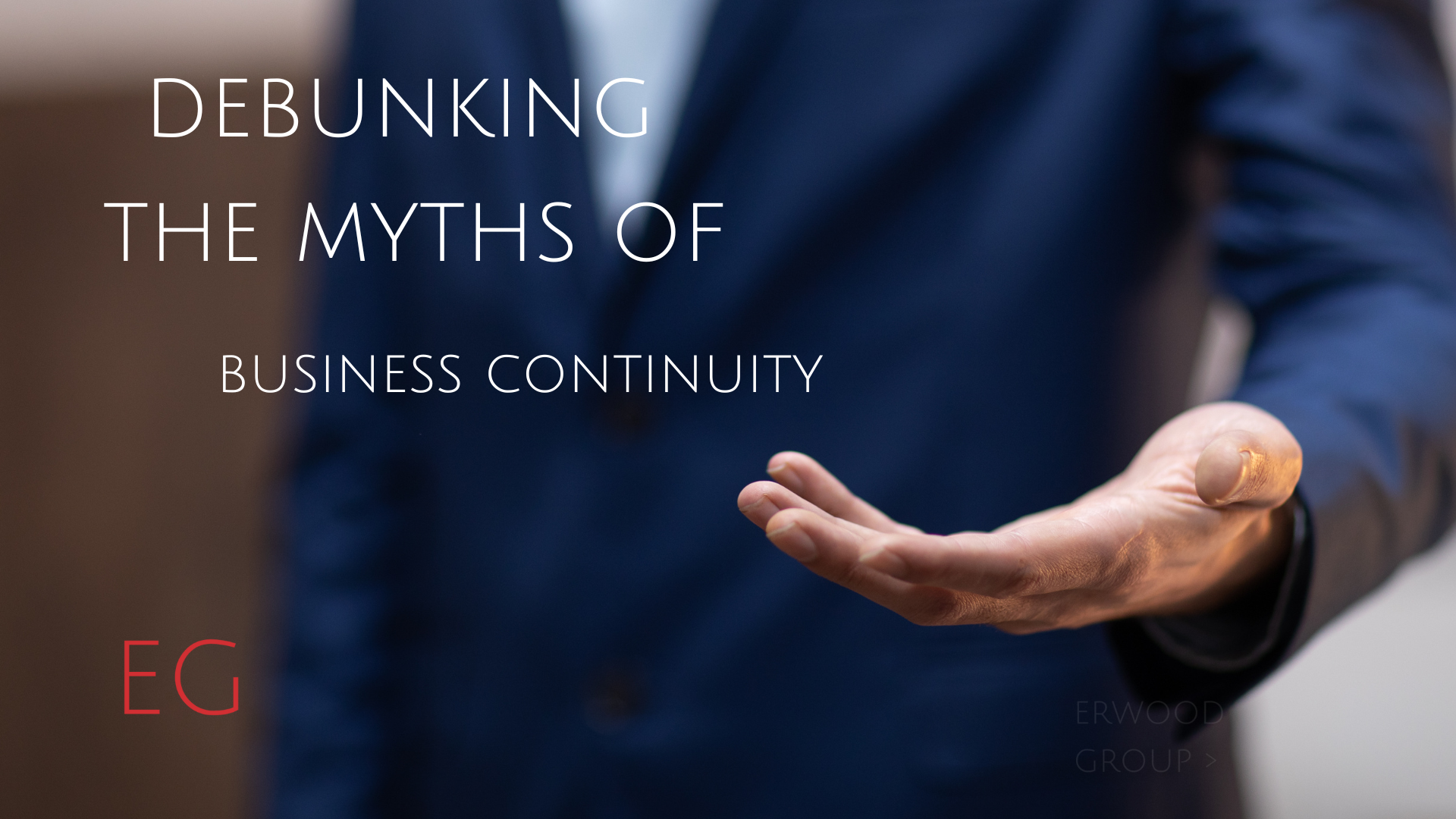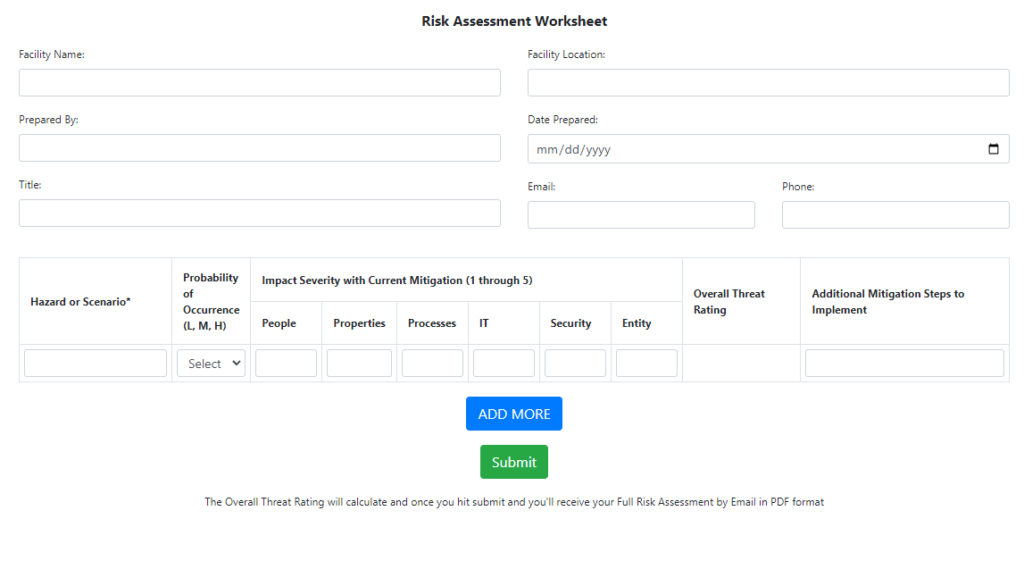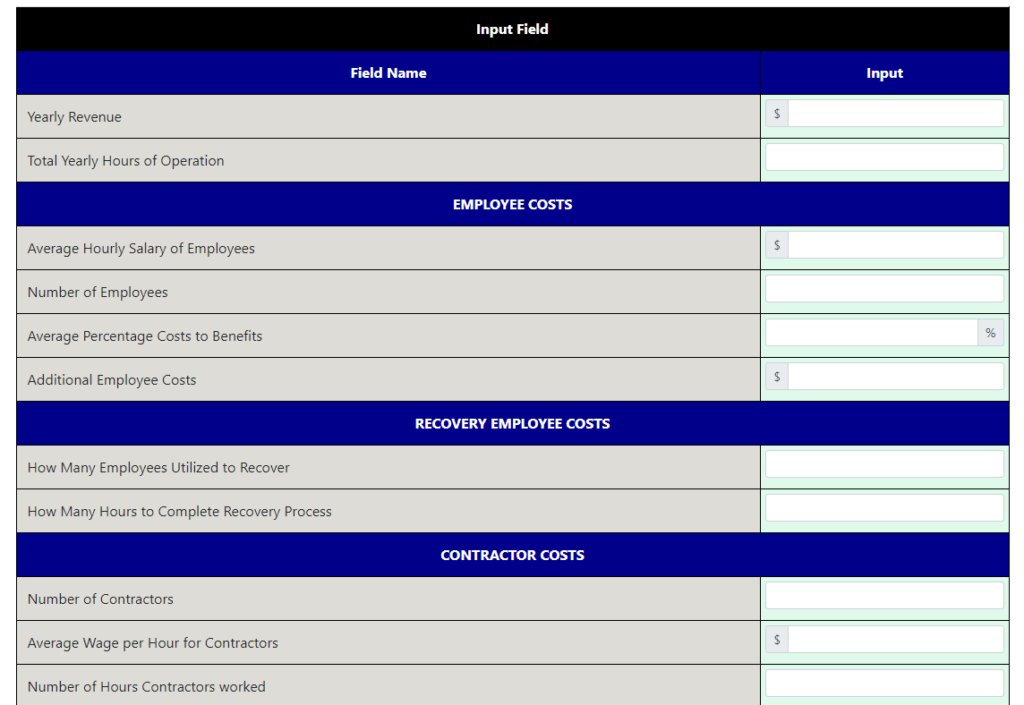
Unlocking the Truth: Navigating 20 Myths About Business Continuity
Introduction:
In the dynamic landscape of modern business, the importance of business continuity cannot be overstated. Unfortunately, common myths often cloud the perception of what business continuity truly entails. This has become especially true in an age where every tech business advertises its solutions to provide business continuity. In this comprehensive guide, we debunk 20 prevalent myths surrounding business continuity, shedding light on its scope, and cybersecurity integration, as well as dispelling misconceptions related to costs and returns on investment.
Section 1: The Scope of Business Continuity
Myth 1: Business Continuity is Only About IT Disaster Recovery or DR.
Contrary to popular belief, business continuity extends far beyond IT recovery. It encompasses a holistic approach, safeguarding an organization’s people, processes, facilities, technology, vendors, and communications. In times of crisis, a comprehensive business continuity plan ensures that every facet of the organization is resilient.
Myth 2: Business Continuity Plans Are Only for Large Enterprises.
Size doesn’t dictate the need for business continuity. Whether a small startup or a multinational corporation, the risks of disruptions are universal. Tailoring business continuity plans to the scale and needs of small businesses ensures effective preparedness without breaking the bank.
Simply understanding the risks and impacts to your business regardless of size and creating effective strategies to implement during times of disruption and documenting them in a plan can make the difference in reducing costs and continuing operations.
Myth 3: Business Continuity Plans Are Only Needed for Natural Disasters.
While natural disasters are a concern, proper business continuity planning goes way beyond the scope of natural disaster scenarios. Additional threats such as cyber-related events, supply chain disruptions, and human-related incidents are equally critical. A well-rounded plan addresses a spectrum of potential disruptions, ensuring resilience in a wide variety of situations that can cause disruptions.
Myth 4: Business Continuity is a One-Time Project.
Business continuity is not a project with a finite end; it’s an ongoing process. The organizations that do it right have best-in-class ongoing programs to maintain and continuously improve their plans. These programs include regular reviews, updates, and exercises which are critical for improvement and performance when plans are activated.
The dynamic nature of risks requires constant adaptation to maintain the effectiveness of business continuity plans.
Myth 5: Business Continuity is Too Expensive for Small Businesses.
Small businesses can embrace business continuity by starting to do things that incur little to no cost. Start small by taking steps to identify and prioritize the critical functions that you must keep providing to clients and customers to run your business.
Once you know your critical functions you should also conduct a risk assessment and then a business impact analysis that allows you to properly assess situations that could negatively impact your business.
Then you can implement strategies and contingencies adopting cost-effective solutions that will allow you to continue operating with minimal disruptions.
In a way, some small businesses have an advantage in being able to implement lower-cost strategies, especially around technological solutions when they are not subjected to certain regulatory, legal and compliance issues that many larger businesses face.
You can benefit by using our Free Risk Assessment Tool as well.

Section 2: Business Continuity and Cybersecurity
Myth 6: Business Continuity is Primarily a Technical Discipline.
Business continuity involves more than just technology. It integrates people, processes, properties, communication, technology and other key areas. Viewing it holistically ensures that technology complements broader organizational strategies for effective resilience.
The business and technology should work together to enhance the resilience of the overall business entity.
Inevitably, there will be gaps and shortcomings in technological solutions and manual procedures need to be created. This is to give the ability of people and processes to continue the critical operational functions of the business.
Myth 7: Business Continuity is Exclusively a Top-Down Process.
Effective business continuity requires involvement at all levels of the organization. Frontline employees often possess valuable insights, and their engagement is essential for a comprehensive and successful plan.
One of the most effective strategies we here at the Erwood Group implement is a Top-Down, Bottom-Up process. We start with the leadership of an organization including key departmental leaders to obtain critical functions, objectives, timeframes, and other key critical core information needed to develop plans and strategies for the business continuity program.
We then work with frontline employees to obtain the fine day-to-day operational tasks needed to complete critical functions and processes. Once a plan is finalized, we bring the frontline employees and leadership back together for an exercise.
Myth 8: Business Continuity is Only Relevant in Crisis Communication.
While crisis communication is crucial, business continuity extends beyond communication during crises. Pre-crisis preparedness, ongoing resilience, and the ability to restore normal operations swiftly contribute to effective business continuity and overall resilience of an organization.
This is true regardless of whether the cause is a natural disaster or another event causing a disruption such as a technological issue, loss of personnel, or even loss or disruption to a key supplier.
Furthermore, exercising and discussing impacts and strategies before a crisis is vital to optimal recovery by working through strategies and solutions ahead of time. This in turn reduces the response time and recovery efforts can occur more rapidly.
Myth 9: Business Continuity is Unnecessary for Non-Profit Organizations.
Non-profits have a duty to their stakeholders. Business continuity is essential for ensuring that non-profits can continue serving their mission during disruptions, emphasizing their commitment to those they serve in and outside of their local communities.
Additionally, some institutions that provide funding and grants to non-profit organizations will do so only if they can satisfy business continuity and disaster recovery requirements.
Section 3: Business Continuity and Costs
Myth 10: Business Continuity is Too Expensive.
Businesses can embrace business continuity without breaking the bank. By prioritizing critical functions and adopting cost-effective solutions, organizations can enhance their resilience, ensure operational stability during disruptions and create an enduring business.
You can even get started at zero to little cost by taking the time to document your critical functions and by documenting strategies you could implement to keep your business operational during disruptions.
Start small and scale as you can afford to implement better strategies as your business grows and becomes more profitable.
Myth 11: Business Continuity is a Non-Essential Cost Center.
Far from being a mere cost center, business continuity is a strategic investment. Beyond financial considerations, it protects an organization’s reputation, preserves customer trust, and minimizes or prevents potential revenue losses during disruptions.
Additionally, some businesses have been able to increase revenue by charging more, due to having more robust contingency and continuity plans above their rival competitors. Others have been able to pick up market share substantially by having proper strategies in place to benefit while their competition struggles to adjust to disruptions.
Still, other businesses have developed greater reputations and goodwill by providing goods to their competitors during disruptions and times of need.
Myth 12: Business Continuity Offers No Tangible Return on Investment.
While the ROI might not be immediately quantifiable, the long-term benefits of business continuity far outweigh the initial investment. Reduced downtime, preserved customer trust, and the ability to recover swiftly, prevent or minimize the loss of revenue contribute to tangible and intangible returns over time.
In some instances however rapid returns have been realized in a myriad of ways. One such way is through the acquisition of new clients by showing the stability of the business to withstand and respond to disruptions effectively. You can also seek out new clients that require vendors or suppliers to have business continuity and disaster recovery plans in place.
Another is through gaining insurance coverage without increasing the premium from the provider. In one such recent case, I was able to help a large global client obtain an additional $500 Million in coverage. Not only is this important in protecting assets but it is key to not being underinsured and having a coinsurance penalty if a covered calamity occurs.
Myth 13: Business Continuity is an Unnecessary Expense Until a Crisis Occurs.
Proactive planning is more cost-effective and far less expensive than reactive response measures. Waiting until a crisis occurs can lead to higher costs and greater losses. The adage “an ounce of prevention is worth a pound of cure” holds true in the context of business continuity.
In fact, according to FM Global’s study back in 2018 they found that for every US$1 spent on hurricane protection, loss exposure costs decreased by an average of US$105.
Myth 14: Business Continuity is a Luxury for Profitable Organizations Only.
Business continuity is relevant to organizations of all scopes, industries and sizes, including small local businesses. Local disruptions, such as power outages or supply chain issues, can have a significant impact, emphasizing the need for preparedness at every level.
Myth 15: Business Continuity Only Adds Costs Without Revenue Generation.
While business continuity measures may not directly generate revenue, they play a critical role in preserving existing revenue streams. By minimizing disruptions and ensuring operational resilience, organizations can maintain their revenue-generating activities even during adverse conditions.
In one case, just as a measure of preservation alone, I was able to help one retailer set up an offsite backup for their critical payment systems, assuring that they would be able to continue to operate stores and collect credit and check payments for customers as long as the store was open and operational.
Myth 16: Technology Investments for Business Continuity are Excessive.
Technology is integral to business continuity but doesn’t necessarily require excessive investments. Cloud-based solutions, virtualization, and other technologies can be cost-effective and scalable. Strategic technology investments enhance resilience without breaking the budget.
If you conduct a financial impact assessment of your business and know your downtime costs, most often you will find a suitable technological solution that is cost-effective and worthwhile. This is true even for the smallest of businesses.
Myth 17: Business Continuity Consultants are Unaffordable.
While hiring external consultants might incur costs, the expertise they bring can streamline the planning process and help organizations avoid common pitfalls. The investment in consultant services often pays off by ensuring the development of robust and effective business continuity plans.
Myth 18: Training and Testing Programs are Costly and Ineffective.
Training, testing and exercises are essential components of business continuity, disaster recovery and crisis management programs. While there are associated costs, they are a fraction of the potential losses incurred during a crisis. Regular training and exercise programs ensure that employees are well-prepared and that plans are effective, enhancing overall organizational resilience.
Check out my post Why we Exercise to learn more.
Myth 19: Business Continuity is a Financial Sinkhole With No Guaranteed Results.
Business continuity is an investment in risk reduction and organizational resilience. While it might not guarantee complete immunity from disruptions, it significantly improves an organization’s ability to navigate challenges and recover swiftly, mitigating potential financial losses.
Myth 20: Calculating the ROI of Business Continuity is Not Possible.
Calculating the ROI of business continuity, disaster recovery and other crisis management activities and programs is not impossible. In some cases, it may be hard and require a different view and rethinking of how it is done and implemented.
While I can’t go over every detail or every method in this post, I will cover an example here.
First, it helps to know how much downtime and disruptions cost your business from an hourly, daily and perhaps even by the minute. This can help you calculate and understand how much a disruption costs you to begin with.
You can benefit by using our Free Basic Downtime Calculator by clicking the link.
Next, you can start with how much revenue you want to protect. Let’s say one-quarter of the business revenue. Then we would look at the amount of revenue to protect versus the probability of incurring a loss during the year. This represents the Economic Monetary Value (EMV).
You then take the EMV less the Annual cost of the business continuity program resulting in the Utility of your program.
You can then use the Utility of your BCM program to effectively calculate the ROI of your program.
For more details on this, you can access the following Erwood Group papers:
The True Cost of Downtime and the Business Case for Business Continuity
The True Economic Value of Business Continuity Management
Lastly, what would be the cost of not having any of these programs and how long would it take to recover if you had no plans in place? More importantly, could you recover at all?

If you need assistance in assessing your downtime costs, the financial impacts on your business, creating a business case, or the cost-effectiveness or viability of any of your business continuity, crisis management or disaster recovery programs we will be happy to help you. Just schedule a free consultation using the button below.
Conclusion:
In conclusion, debunking these 20 myths about business continuity and other business preparedness initiatives reveals its critical role in modern organizational resilience. By dispelling misconceptions, businesses can adopt a proactive stance, recognizing the long-term value and returns associated with effective business continuity planning. Embrace business continuity not as a mere expense but as an investment in safeguarding the future of your organization, business and legacy.
